Vocabulary Builder has been classified into 8 levels:
This Computer Based Tutor to build your Vocabulary Builder has been classified into 8 levels. Words used in this Tutor are carefully selected to ensure your success in achieving mastery over vocabulary. Regular and Consistent Practice is the key to acquiring a firm grip on the intricacies of the language. Enjoy the Journey!
Level 1: Basic Vocabulary
These Are the Basic Verbs Used by Beginners:
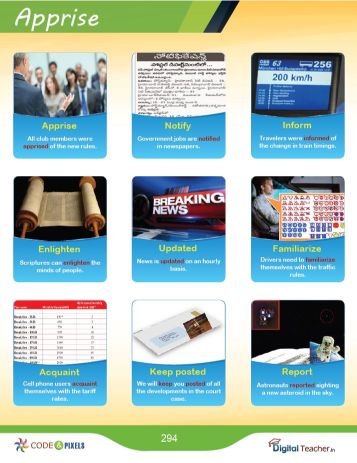

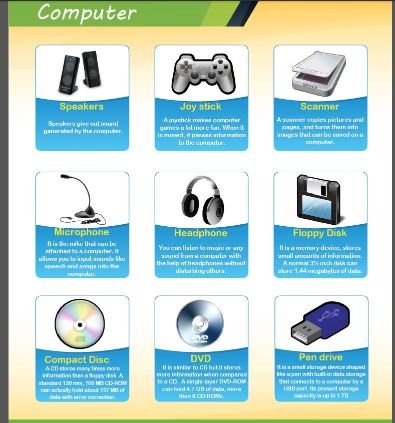
List of Verbs and Their Meanings:
The verbs fade, fail, fear, feed, feel, fight, fill, find, and fire represent a diverse range of actions and emotions that are fundamental to human experience.
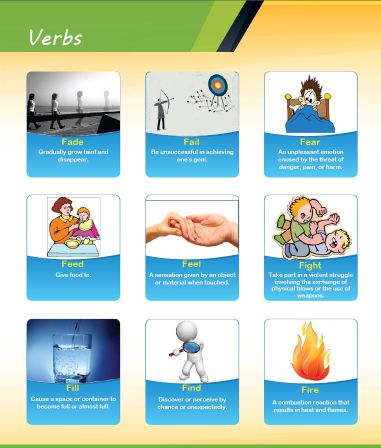
- Fade: To gradually lose brightness, colour, or strength.
- Fail: To be unsuccessful in achieving a desired outcome.
- Fear: An emotional response caused by the perception of danger, pain, or harm.
- Feed: To give food to someone or something; to nourish.
- Feel: The sensation experienced when touching an object or material.
- Fight: To engage in a violent struggle or conflict with another person or group.
- Fill: To make something full; to occupy space completely.
- Find: To discover or perceive something by chance or unexpectedly.
Level 2: Everyday Actions
Common Verbs:
- Injure: To cause physical harm or damage to someone.
- Interest: The feeling of wanting to know or learn about something.
- Interrupt: To stop the continuation of an activity or process, often by speaking or acting.
- Introduce: To bring something into use or operation for the first time; also, to present someone by name.
- Invite: To make a polite or formal request for someone to attend an event or gathering.
- Irritate: To make someone annoyed or slightly angry.
- Jam: To squeeze or pack tightly into a space, often causing blockage.
- Join: To become a member of or participate in a group or activity.
- Joke: A thing that someone says to provoke laughter; often a humorous remark or story.
These verbs are necessary for providing activities and feelings in regular conversation. Understanding their definitions will help you improve your vocabulary and increase your chances of communicating successfully.

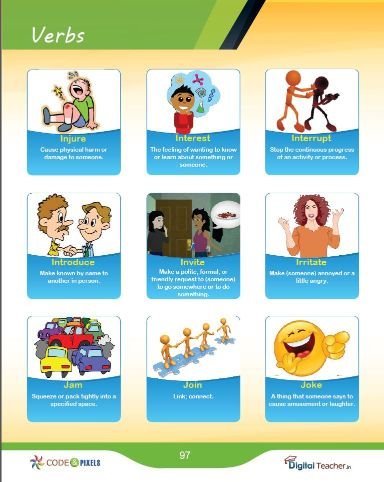
Spices: (Verbs) These are verbs that help users to convey actions that they observe and carry out habitually.
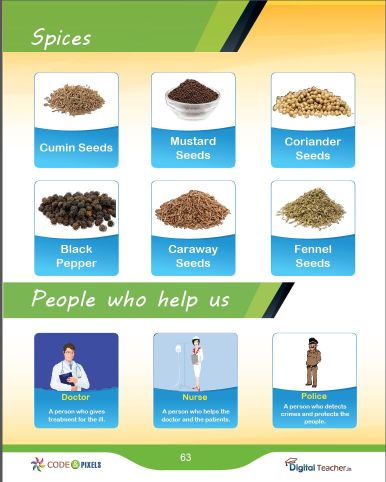
Common Spices
- Cumin Seeds: Used for their warm, earthy flavour in various dishes.
- Mustard Seeds: Known for their pungent taste, often used in pickling and cooking.
- Coriander Seeds: Provide a citrusy, nutty flavour, commonly found in spice blends.
- Black Pepper: A staple spice that adds heat and depth to many recipes.
- Caraway Seeds: Often used in rye bread and sauerkraut for their distinctive flavor.
- Fennel Seeds: Sweet and aromatic, frequently used in Italian and Indian cuisines.
People Who Help Us: (Community Helpers)
- Doctor: A professional who diagnoses and treats illnesses.
- Nurse: Assists doctors and cares for patients, providing essential support in the healthcare atmosphere.
- Police Officer: Enforces laws, investigates crimes, and ensures public safety.
These members of the community serve important functions in maintaining the health, safety, and well-being of citizens. They are essential during emergencies and contribute greatly to the general running of the community.
Level 3: Intermediate Vocabulary
The verbs of this level assist learners in improving their vocabulary.
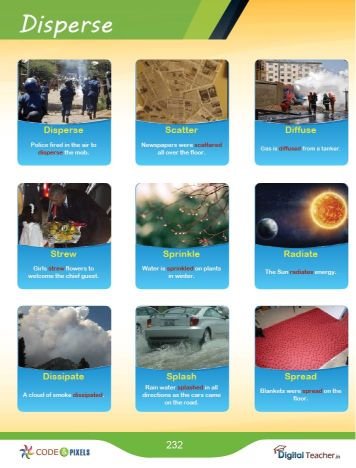
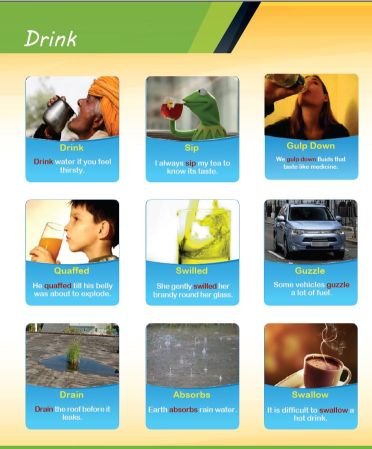
Level IV: Advanced Actions
Learners who wish to become proficient in English vocabulary need exposure to these verbs.
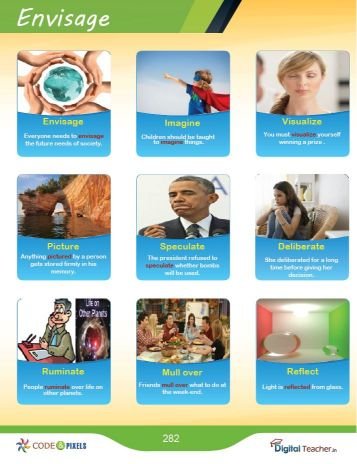
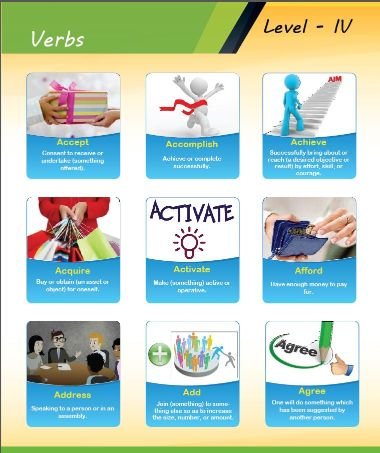
- Accept: To consent to receive or take something offered.
- Accomplish: To successfully achieve a goal or complete a task.
- Achieve: To reach or attain a desired objective or result through effort.
- Acquire: To obtain or buy something; to gain possession of an object.
- Activate: To make something operational or functional; to start a process.
- Afford: To have enough money to pay for something; to be able to do something without hardship.
- Agree: To have the same opinion as someone else; to consent to a proposal or idea.
- Address: To speak to someone directly; to deal with a particular issue or topic.
- Add: To join something to another thing, increasing the size, number, or amount.
The verbs listed above are essential for conveying activities and intentions in both spoken and written communication. Mastering them can help you improve your verbal skills and communicate more clearly.
Level 5: Professional Verbs:
This list contains verbs of regular usage in our daily activities and formal communication.
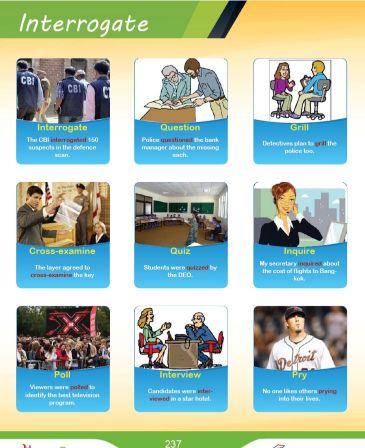
Level-6: Academic(Verbs)
It contains verbs of an advanced level which help in conveying the intended meaning with clarity and precision.
Level-7 Specialized Verbs:
These are verbs that are unorthodox. They are to be used in situations which do not occur daily.
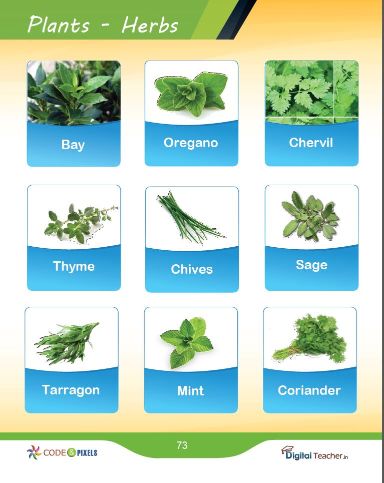
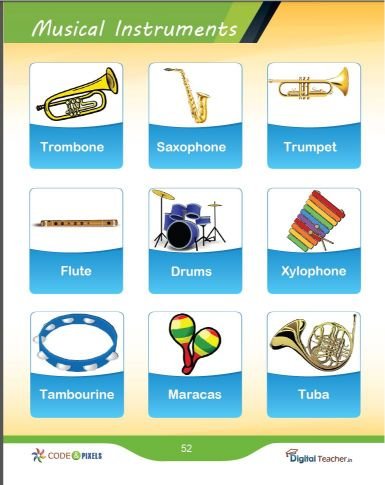
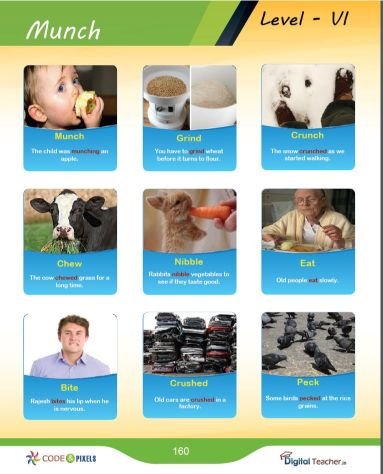
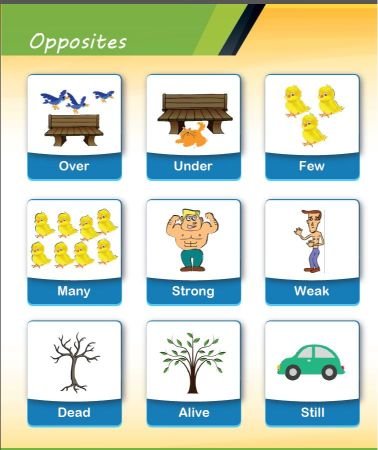


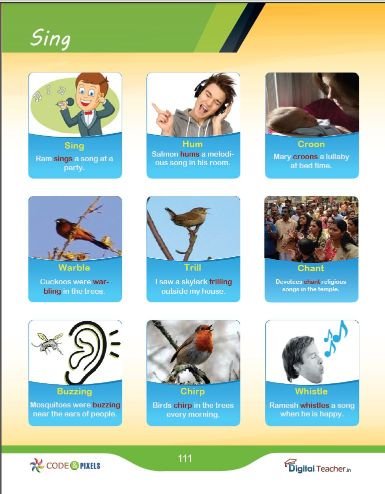
Level-8 Expert Vocabulary:
Here, we find verbs that are used by professionals in different fields of work. Hence they require specialist knowledge.
The Importance of Cleanliness in Everyday Life
Cleanliness is not just about maintaining a neat appearance; it’s a vital aspect of our daily routines that impacts various facets of our lives. The image above vividly illustrates the following cleaning activities, each highlighting the significance of cleanliness in diverse contexts:
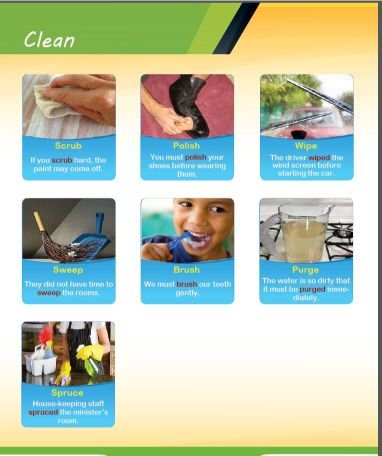
- Scrubbing: This illustration depicts a hand scrubbing a surface with a cloth, emphasizing how thorough cleaning can even remove paint.
- Polishing: This image shows a person polishing a shoe, highlighting the importance of well-polished shoes in leaving a lasting impression.
- Wiping: Illustrates a person wiping a car’s windshield, stressing the importance of clear visibility for safe driving.
- Sweeping: Features a broom and dustpan, underlining the necessity of sweeping to maintain a tidy environment.
- Brushing: Captures a person brushing their teeth, emphasizing the significance of gentle dental care for overall health.
- Purging: Displays a glass of dirty water, indicating the urgency of purging contaminated water to ensure safe drinking.
- Sprucing: Shows housekeeping staff cleaning a room, highlighting the importance of regular maintenance for a pleasant living space.
Each of these activities plays a crucial role in upholding hygiene and ensuring a healthier and more pleasant environment. By incorporating these simple yet essential practices into our daily lives, we can greatly enhance our well-being and the spaces we occupy.

Leave a Reply